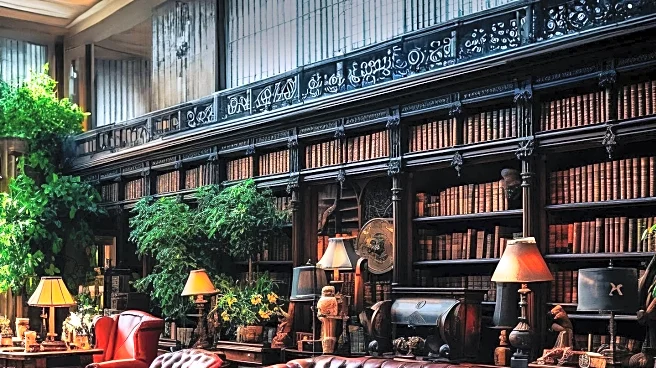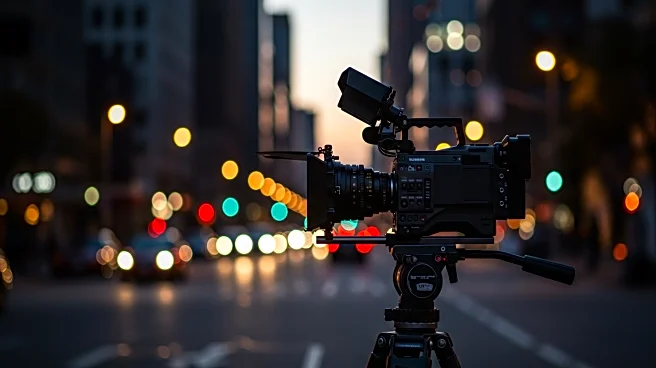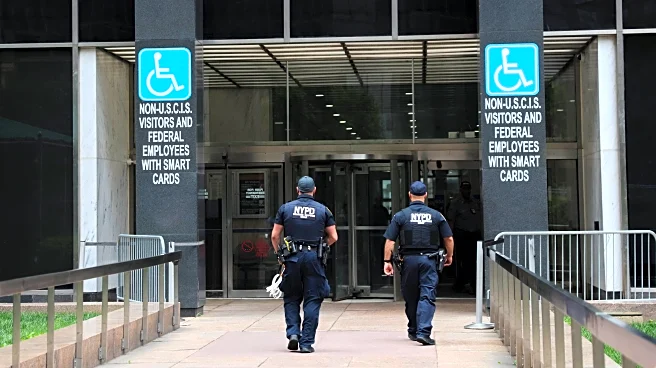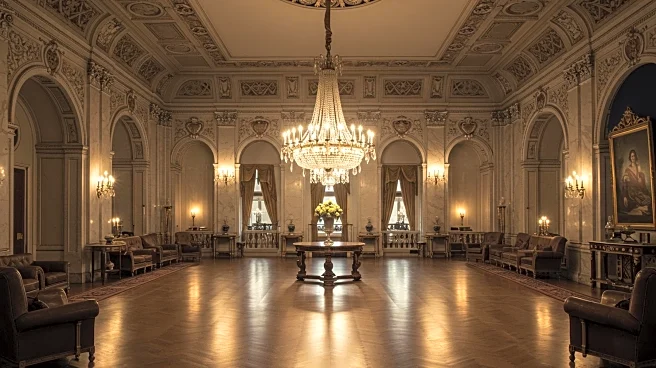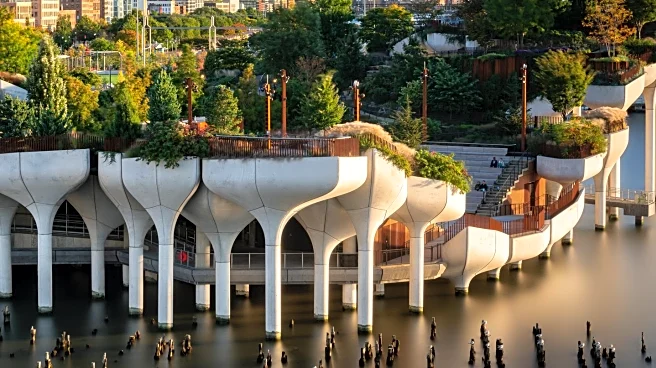What's Happening?
The private library of J.P. Morgan, a prominent figure of the Gilded Age, has been transformed into a public museum located in Manhattan. Originally commissioned by Morgan in 1902 and completed in 1906, the library was intended to house his extensive collection of art, antiquities, books, and manuscripts. Following Morgan's death in 1913, his son Jack converted the library into a public institution, which opened in 1924. The museum comprises three interconnected buildings, including the original Pierpont Morgan Library, an annex, and the Morgan House. Visitors can explore Morgan's private study, the main library, and various temporary exhibits, such as a current display dedicated to Jane Austen. The museum offers a unique opportunity to experience the opulence and cultural richness of the early 20th century.
Why It's Important?
The transformation of J.P. Morgan's private library into a public museum serves as a significant cultural and historical resource, providing insight into the Gilded Age and the legacy of one of America's most influential financiers. The museum not only preserves Morgan's vast collection but also makes it accessible to the public, fostering education and appreciation for art and history. This initiative reflects broader societal values of preserving cultural heritage and democratizing access to knowledge. The museum's existence also highlights the role of philanthropy in cultural preservation and the importance of public institutions in maintaining historical narratives.


